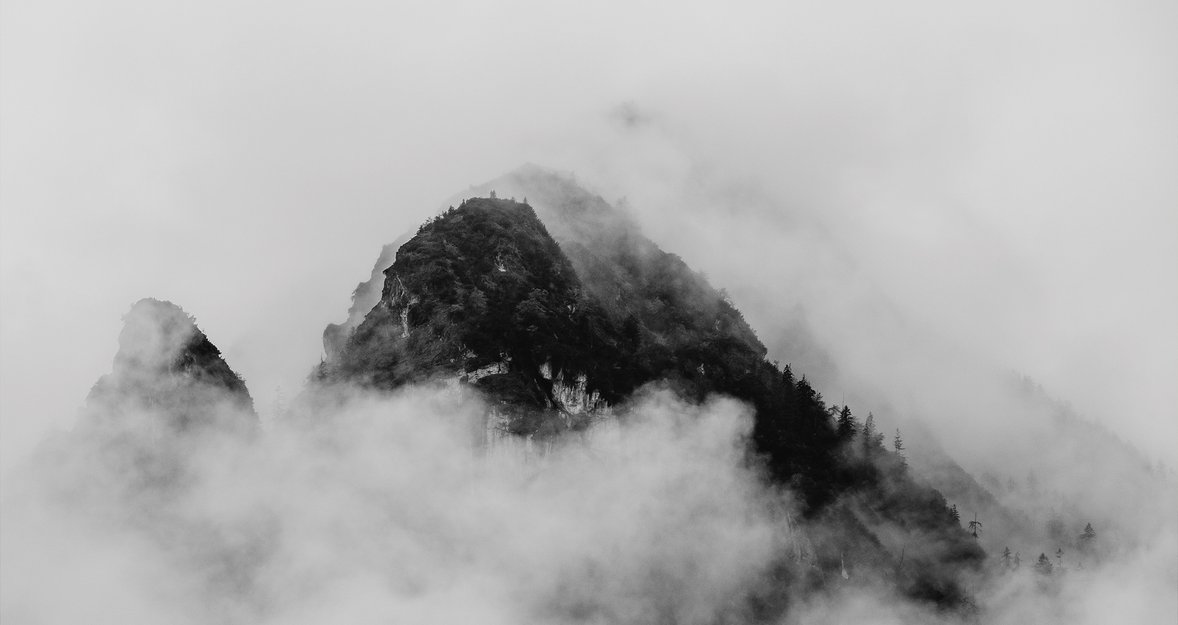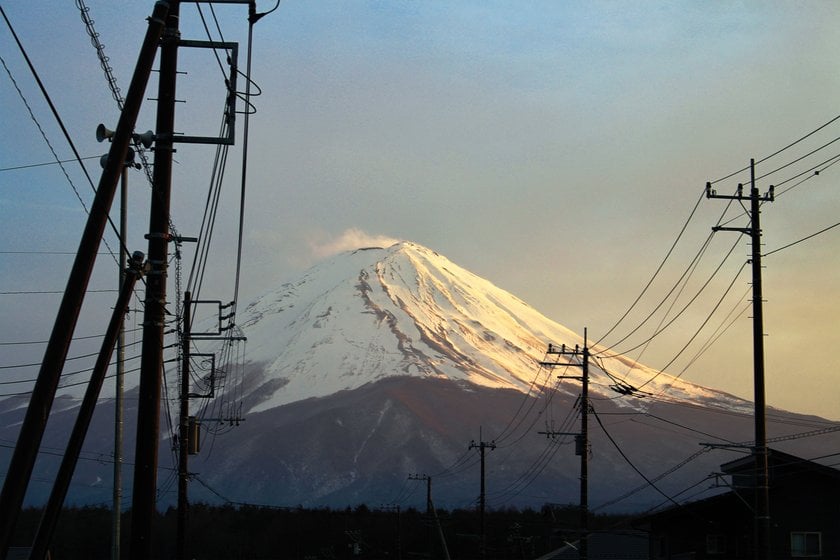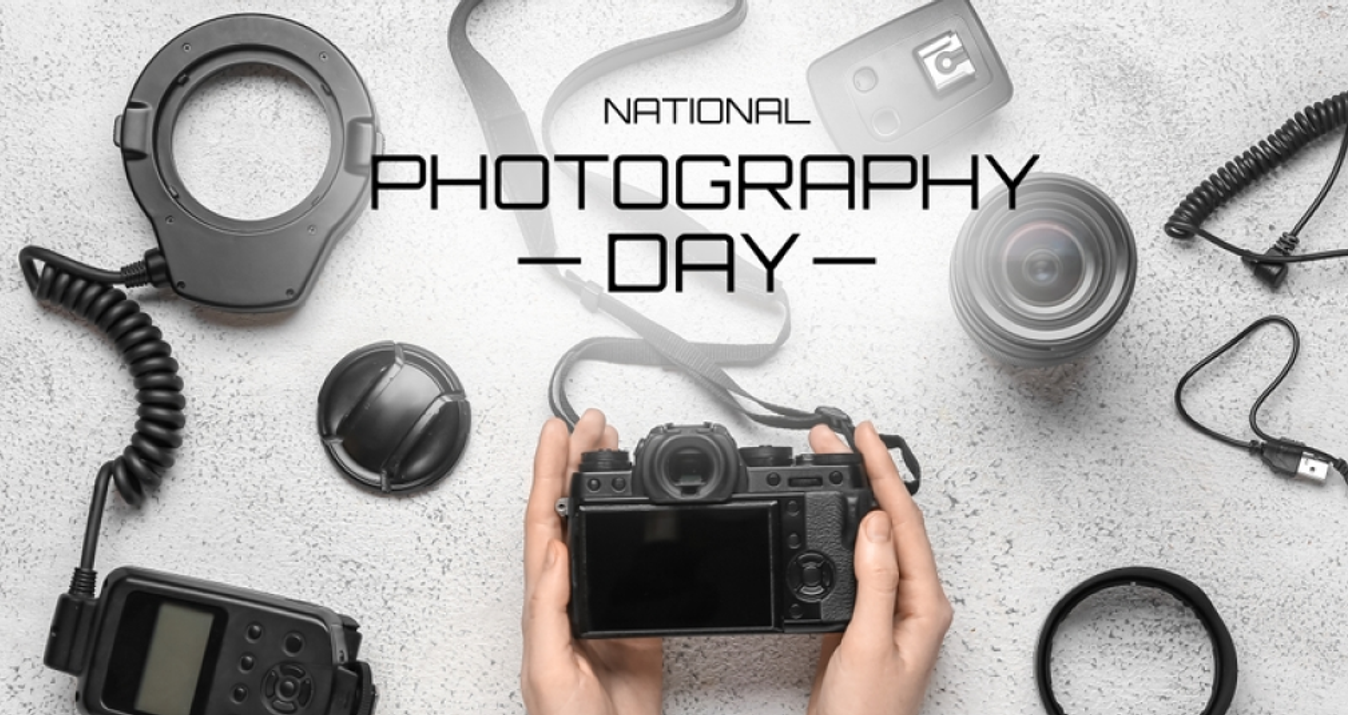Creative Approaches to Mountain Range Photography
July 08, 2024

Discover creative ways to capture the beauty of mountains with our inspiring guide for landscape photographers. Find new ideas for your next outdoor adventure!
Landscape photography is one of the most popular forms of photography. From expansive pastures to rugged mountains, photographers have captured the beauty of our world for many years. Today, we shall focus specifically on the mountains. Due to its popularity, many photographers have discovered creative ways to approach these landscapes, and whilst a standard shot of mountains will always be beautiful, thinking outside the box can create eye-catching pieces that offer a new perspective on the mountain range.
Whether you’re a seasoned landscape photographer or just starting out and want to try something new on your next outdoor adventure, check out our handy guide for some inspiring ideas.
Don’t feel like reading the whole breakdown? We’ve pulled together a quick summary below.
Key Takeaways
Mountain photography offers endless creative opportunities, from wide vistas to abstract textures and misty moods.
Pack smart: a wide-angle lens, tripod, and polarizing or ND filters are essential for sharp, balanced outdoor shots.
Experiment with lighting and conditions—sunsets, fog, and seasonal changes add drama and variety to your photos.
Try creative techniques like silhouettes, reflections, panoramas, drone views, or infrared photography for unique results.
Use composition tools such as leading lines, framing, and perspective to guide the viewer’s eye and add depth.
Enhance your photos with Luminar Neo, using tools like Enhance AI, Erase AI, and Panorama Stitching to refine lighting, remove distractions, and combine multiple shots seamlessly.
Advanced yet easy-to-use photo editor
Get Luminar Neo NowCamera and Gear Essentials
 Before you grab your camera and dash out the door, ensure you have a backpack filled with all the essentials for an enjoyable, successful, and safe adventure.
Before you grab your camera and dash out the door, ensure you have a backpack filled with all the essentials for an enjoyable, successful, and safe adventure.
Camera Essentials
1. Wide-Angle Lens
The vast landscapes require a lens that can capture as much beauty as possible. A wide-angle lens is essential for capturing expansive compositions.
2. Tripod
Holding your camera for the perfect lighting can be tiring. A tripod will allow you to be hands-free and perfect your composition, and it will be handy for some of the creative ideas discussed later.
3. Spare Batteries and Memory Cards
Remote locations mean you need to be prepared for any mishaps with battery or memory card failures. Always carry spares.
4. Polarising Filter
Enhance the colour of the sky, improve contrast, and reduce glare with a polarising filter. These can enhance your photos dramatically. If you don’t have one, consider using the Enhance AI tool in Luminar Neo, which can perform similar enhancements.
5. Graduated Neutral Density (GND) Filter
If balancing the exposure between the sky and land is challenging, GND filters are invaluable. They are available in various strengths and gradients to suit different lighting conditions.
6. Lens Cleaning Kit
Using small apertures in landscape photography makes any dust on the lens or sensor more noticeable. Keep a lens cleaning kit handy to avoid post-processing headaches. For any stubborn spots found during editing, Luminar Neo’s Erase AI tool can automatically detect and remove dust spots with a single click.
Hiking Essentials
Being new to landscape photography means preparing to face the elements:
Appropriate Footwear
Weather-Appropriate Clothing
Waterproof Backpack
Water and High-Energy Snacks
Navigation Tools
Safety Essentials
Landscape photography can be risky, so prepare thoroughly:
Phone and Portable Charger
Headlamp or Flashlight
First Aid Kit
Sun Protection and Insect Repellent
Multi-Tool or Knife
Being well-prepared not only ensures a safer trip but also helps you focus more on capturing stunning landscapes. Now, let’s get started with shooting.
10 Creative Landscape Photography Ideas
 Now that your bags are well packed, let’s get started with some ideas that you can take with you to the mountains.
Now that your bags are well packed, let’s get started with some ideas that you can take with you to the mountains.
1. Sunset Silhouettes
Find a position where the sun is behind the mountains, and capture a dramatic silhouette. This will be a fantastic way for the viewer to focus on the shapes of the mountains as opposed to the details within. Aim for conditions when there is partial cloud cover, which can make for really dramatic sunsets. Just after a storm would be a particularly good time to shoot a sunset too. Other favourable conditions include good air quality and moderate humidity levels.
2. Seasonal Changes
While this idea requires considerable effort, the results will be outstanding. It will result in an image split into four showing the gradual change of the seasons.
Firstly, select a location that you know will have good visibility all year round and is likely to remain undisturbed—definitely not on the beaten track. Be mindful that if you start this project in winter, the summer months won’t block your view with foliage. Then, mark the spot where your tripod legs sit, you could do this with natural markers, which is why you will want to be away from usual foot traffic on the mountain.
After recording the tripod position, note down the camera height and angle, as well as the focal length and camera settings. Everything must remain consistent to ensure that you are creating well-aligned images. Then, plan your visits around the height of the seasons: the blooming flowers of spring, the lush greenery of summer, the golden tones of autumn, and the snowy peaks of winter. While this can be a difficult project, it is rewarding and well worth the effort.
3. Reflections
Be on the lookout for lakes on calm days to create a mirror image of the mountains. A longer shutter speed will help smooth water surfaces and create mirror-like reflections. As you are working with longer shutter speeds you may have an issue with exposure, so consider using Neutral Density filters to reduce the amount of light entering your lens.
4. Star Trails and Astrophotography
Have you tried taking landscape photos at night before? This by itself is a whole other side to landscape photography and a photography genre in its own right. But if you haven’t tried it before, head to the peaks with a tent and take a look up at the universe. Not only will it be a whole new side to taking photos, but also your editing process will be a whole different approach too.
5. Human Element
Try including people in your image to add further interest to your landscape shots. You could travel with a friend, and have them wear brightly coloured hiking clothing that helps them stand out within your composition. With them stood a distance away, you can use them to provide a sense of scale to your image. Otherwise, how about a portrait fashion shoot in the mountains? With your model wearing clothing that isn’t particularly seen in the peaks such as long flowing dresses or sharp suits will make for captivating and unique images.
6. Fog and Mist
Create a sense of mood and mystery by heading to the peaks during foggy and misty conditions. With the peaks half-shrouded, you will be adding a sense of atmosphere to your images.
7. Drone Perspectives
Take your lens where no human can reach. Drones have added a whole new dynamic to landscape photography, and if you are able to get your hands on one, be sure to try capturing the beauty of the landscape from an elevated position. This will certainly make for captivating images giving a whole new perspective for your viewer to enjoy.
8. Infrared Photography
Consider a whole different approach to your usual landscape photography by entering into the world of infrared photography. This will create surreal, dream-like scenes that your audience will definitely enjoy. There are different filter colours available for infrared photography, with vegetation appearing in various shades of bright pink, red, or yellow. You can also use your infrared images to get creative with your post-processing work.
Infrared Photography: Guide to Capturing IR Photos
Learn more9. Contrast of Textures
Mountain ranges make for rough and rugged textures in your imagery, so one way to get creative is to look for ways to contrast those textures. You could look for a meadow of wildflowers with a mountainous backdrop or white fluffy clouds. Have a look at what is in your environment to figure out ways of capturing contrast.
10. Panoramic Shots
Sometimes your wide-angle lens just isn’t wide enough, and as you stand in front of an expansive vista, you will want to capture it all. Thankfully, panoramic techniques were created for such a situation. You will need a tripod for creating these images, and optionally, a panoramic head.
A Primer into Panorama Photography
Learn moreGetting creative with your landscape photography will have you approaching your shoots with a whole new frame of mind, and even your post-processing.
Composition Techniques
 Utilising composition techniques can greatly enhance the quality of your creative landscape photography projects. Here are a few tips to help ensure a successful photoshoot.
Utilising composition techniques can greatly enhance the quality of your creative landscape photography projects. Here are a few tips to help ensure a successful photoshoot.
Leading Lines
This technique is widely used across various photography genres. Mountain range photography involves identifying natural forms that guide the viewer’s eye towards the main subject of your composition, creating a flow within your image and allowing the subject to stand out. Look for these elements when setting up your shot:
Ridges
Nearby peaks
Rivers
Paths and trails
Roads
Forest and tree lines
Stone walls and fences
Framing
Finding a 'frame within a frame' is a creative way to add focus to your image. This technique is used across many genres, but when photographing mountains, consider these natural frames:
Mountain peaks
Breaks in the trees
Flowers
Overhanging branches
Clouds
Perspective
Previously, we discussed using a human element to provide perspective in your images, giving viewers a sense of scale. However, you can create this effect with almost any element in your composition, from trees to small huts you might encounter.
How to Take Landscape Photos — Tips for Beginners
Learn moreThe Bottom Line
 The world of mountain range photography helps us appreciate the beauty within the rugged landscapes and jagged peaks. With ever-changing seasons and weather conditions, revisiting the same peaks throughout the year will yield different results. Whether you are shooting on bright sunny days, during a dramatic sunset, or on a moody, foggy day, you will return from your hike with images to be proud of.
The world of mountain range photography helps us appreciate the beauty within the rugged landscapes and jagged peaks. With ever-changing seasons and weather conditions, revisiting the same peaks throughout the year will yield different results. Whether you are shooting on bright sunny days, during a dramatic sunset, or on a moody, foggy day, you will return from your hike with images to be proud of.
There are many ways to approach taking photos of mountain ranges that go far beyond standard landscape shots. Get creative and embark on projects such as documenting the seasonal changes or even trying your hand at astrophotography. The possibilities are endless, and when it comes to post-processing, don't be afraid to experiment.
So grab your boots and camera, and head out the door for a breathtaking hike and a wonderful photography session.






